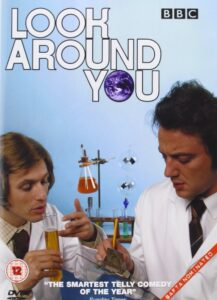Each year, US patent practitioners need to count up how many patents they obtained for clients in the previous year, for submission to the toteboards. What naturally comes to mind is the idea that maybe the USPTO’s Patent Public Search would permit a practitioner to get the answer. But USPTO’s Patent Public Search has, objectively, the worst search user interface that one could devise. Scroll to the end to see how you might use Patent Public Search to get your numbers for the toteboards.
Continue reading “Extracting toteboard numbers from USPTO’s “Patent Public Search””





